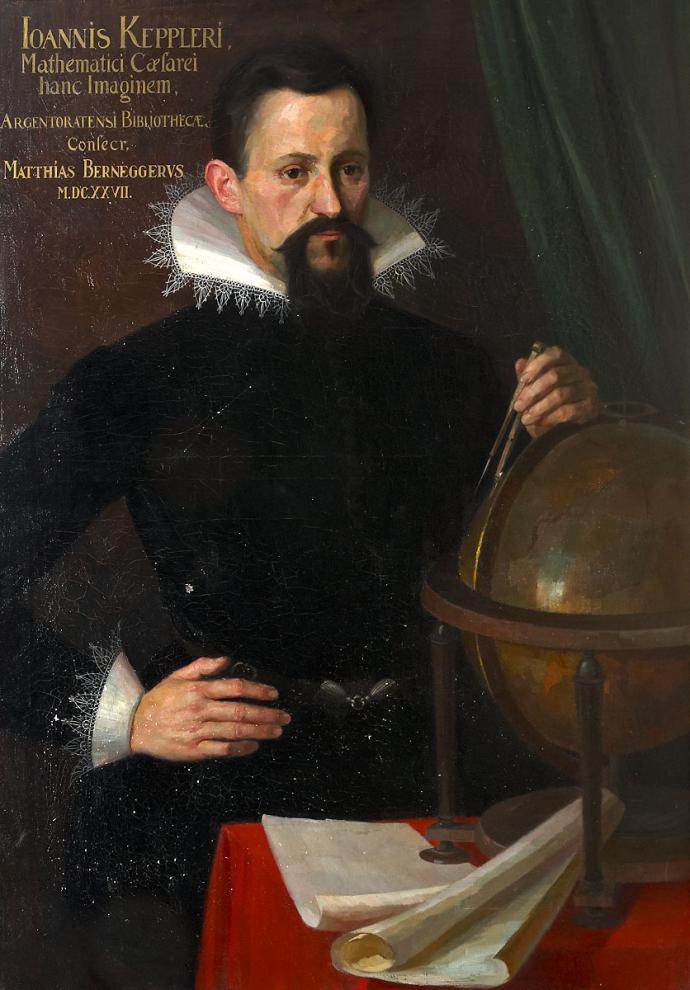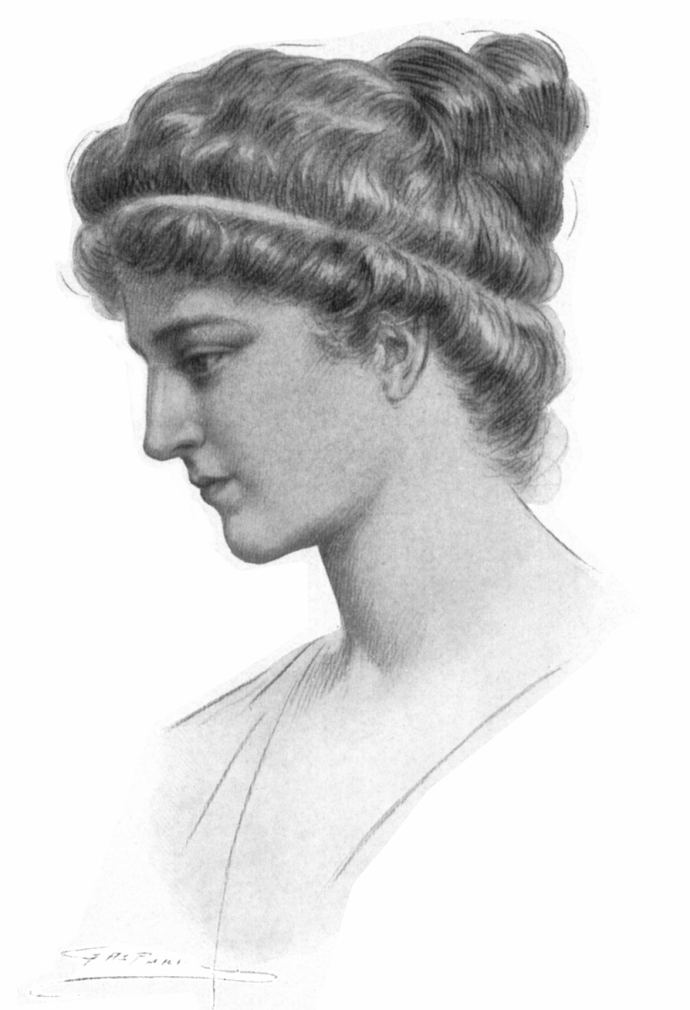Brightness
Light is the main signal we receive from space. Almost everything we know about space has been found by measuring light.
One of the main ways to measure light is to look at the brightness. Measuring the brightness of something in space isn't as easy as you'd think though.

Johannes Kepler
Occupation
Astronomer, Mathematician, Scientist, Teacher
Year born
1571
Research Areas
Planetary motion, Optics, Geometry

Hypatia
Occupation
Astronomer, Mathematician, Philosopher
Year born
Sometime between 350 – 370 AD
Research interests
Geometry, Algebra

Distances in Space
Make a Play-doh Solar System
You may know that Jupiter is the largest planet in the Solar System, but do you know how much larger than the Earth it is?
Find out by creating a scale model of each planet in our Solar System!
Make Your Own Impact Crater
Predict the Solar Cycle
Explore The Moon's Surface
You have probably seen the Moon in the sky, but have you ever studied it in detail?
